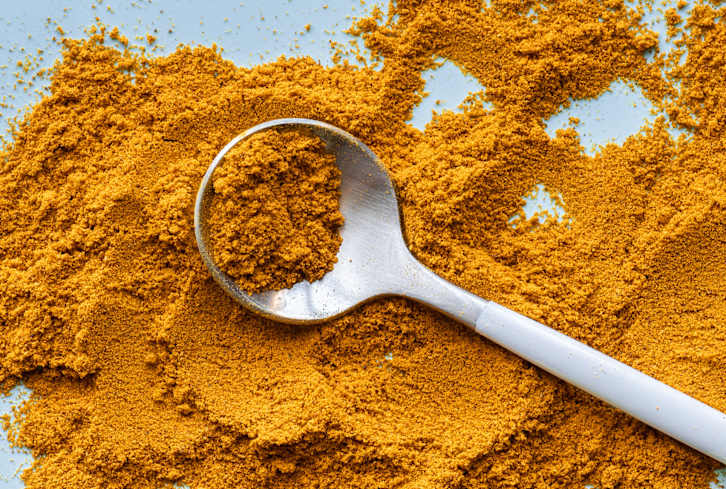Advertisement
Veggie Showdown: Kale Vs. Broccoli

When it comes to eating healthy, some decisions are simpler than others. Tortilla chips versus kale chips? Easy choice. Kale versus broccoli? That's a little less obvious. Since we know knowledge is power (thanks, Schoolhouse Rock), we teamed up with Naked Juice to get the dirt on some of our favorite veggies, and find out who's the meanest green of all. It's our own — slightly less dramatic — version of The Hunger Games.
Calories
With kale's 49 calories per 100 gram serving and broccoli at 34 calories, caloric over-consumption will never be an issue with these foods. Eat a cup of either and you'll end up with a belly full of nutrients. It's worth noting, though, that it's a much bigger commitment to eat a cup of densely packed kale than a cup of broccoli.
Nutritional Elements
Like most veggies, both kale and broccoli are incredibly light on carbs and fat. The biggest difference is in the amount of protein: Kale has 8% of your daily intake per serving to broccoli's 5%. Over time, that adds up.
Bottom line: The amount of protein in both kale and broccoli is worth the amount of fat and carbs, but kale gives you a little more bang for your bunch in that department, so to speak.
The Benefits of Being Green
Kale has more of most vitamins and minerals per serving than broccoli, but more isn't always better. In reality, you can have too much of a good thing. For example, Vitamin K can interfere with blood thinning medications, making too much kale dangerous for people with prescriptions like Warfarin. How do you make sure you're making the best choices for you? Pay attention to the contraindications on prescriptions, and talk to your doctor about any major dietary changes and/or unusual symptoms.
Eaten raw kale and broccoli have cholesterol-lowering benefits, but steamed, both lower cholesterol even more and are majorly detoxifying. Looking to nip cancer in the bud? Kale has proven risk-lowering benefits that extend to bladder, breast, colon, ovary, and prostate cancers.
The Omnivore's (Other) Dilemma
Bottom line: Leafy green vegetables are some of the healthiest foods you can eat, but there's no such thing as a panacea. We're proponents of the philosophy, moderation in all things (including dark chocolate). Don't just eat kale, or green apples, or carrots. Eat them all! They are chock-full of stuff your body needs to keep you physically and mentally on top of your game. And, there are more delicious ways to prepare them than you might realize.
How To Eat Kale
Kale is incredibly versatile, which makes it easy to incorporate into your diet without too much fuss. It's wonderful in salads, like this stir-fried version, soups, blended in juice with ginger and spinach, as a garnish in sandwiches or wraps, and even to nibble on in chip form.
How To Eat Broccoli
We're used to eating broccoli as a side dish: grilled, sautéed, steamed (with grass-butter, if we're being decadent), but if we stop there, we're missing out on a whole lot of delicious. Try it charred with adzuki beans and miso dressing, mixed into a salad with quinoa and almonds, or steamed with red rice, peppers, and pine nuts. Yeah, broccoli can be fancy.
Win-Win Situation
So, is there actually a winner when it comes to choosing veggies? Yes, and it is ALL of them. If you're looking for a quick hit of nutrient-packed greens, choose kale. But, in terms of nutritional variation (and the added benefit of NOT making yourself unable to look at another piece of kale for the rest of your life), mixing it up in the kitchen with broccoli and other leafy greens like swiss chard, collard greens, and spinach, is the way to go.












